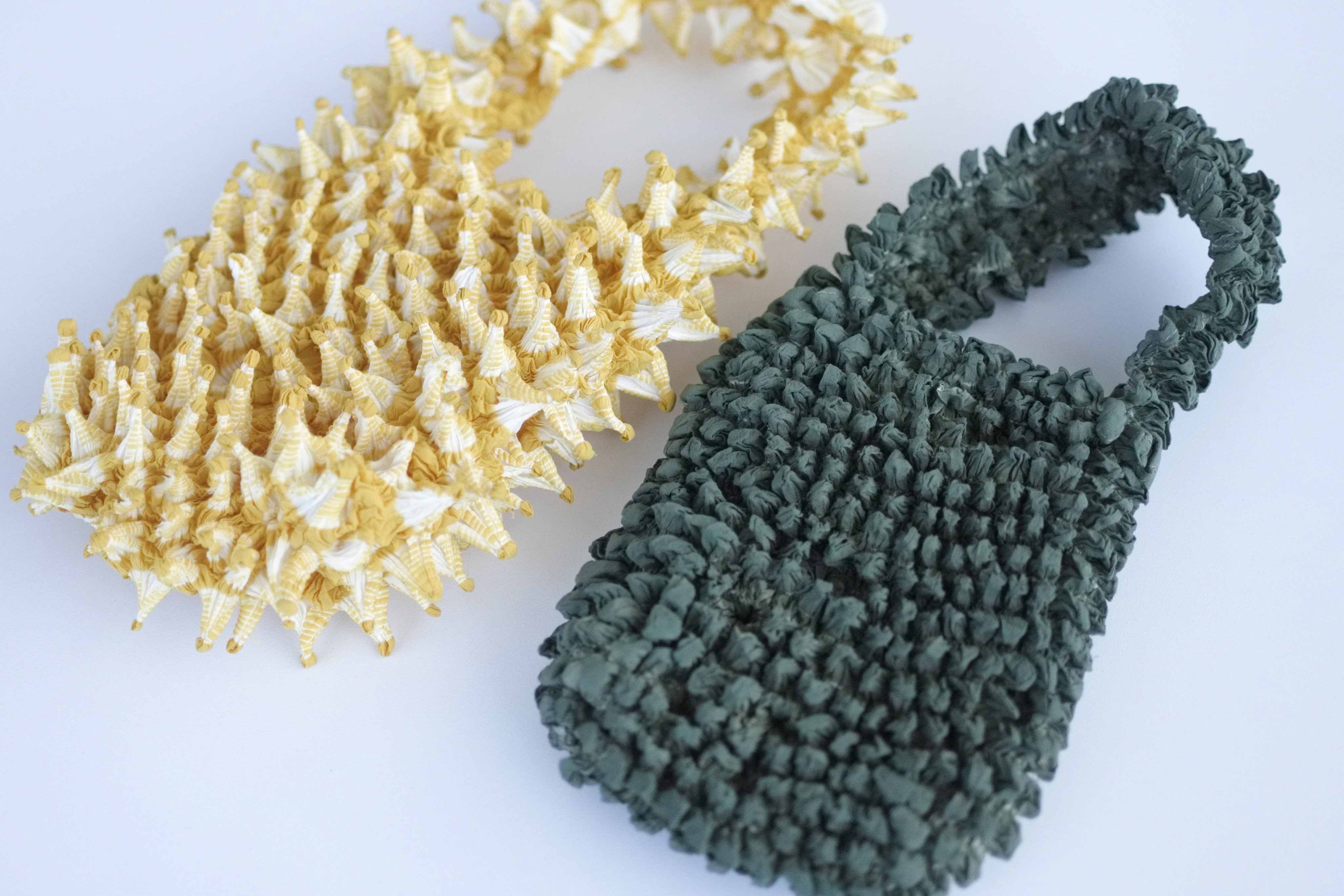U-turn is an initiative to utilize "C-fabric," or fabrics that must be disposed of due to strict quality control. By printing, processing, and cutting for limited use, these fabrics are transformed into value-added upcycled fabrics that can be used in a variety of ways.
At the factory, fabrics that fall short of the quality standards to be met are produced due to various reasons such as the condition of the loom and yarn. Fabric that is born under such conditions gets labeled as "C-fabric," which are unavoidably discarded as unsalable because of its strength and/or appearance.
One way to utilize C-fabric is to compensate for its shortcomings and add new value by processing it with tie-dyeing, printing, etc. As a first step, we have invited Kumagaya, an Arimatsu tie-dyeing manufacturer in Aichi Prefecture, as a partner to recycle C-fabric by using the Arimatsu tie-dyeing technique.
Some of the C-fabric can be used for products without any problem if it is cut without any defects. What fabrics can be used and in what sizes are different for each piece of fabric, so the destiny of each is a matter of luck.
KAJIF will continue to work with a wide variety of partners to use ideas and technologies to propose products and methods of utilization that are possible only through KAJIF, as we own a fabric production factory.
Waste + Traditional Crafts
U-turn

Arimatsu Shibori
One way to utilize C-fabric is to compensate for its shortcomings and add new value by processing it with tie-dyeing, printing, etc. As a first step, we have invited Kumagaya, an Arimatsu tie-dyeing manufacturer in Aichi Prefecture, as a partner to recycle C-fiber by using the Arimatsu tie-dyeing technique.
Arimatsu Shibori was born out of the culture of people who gathered from all over Japan to build Nagoya Castle during the Edo period. It is a traditional craft that consists of a variety of tie-dyeing techniques such as Kanoko Shibori, Mokume Shibori, Karamatsu Shibori, Itajime Shibori, Orinui Shibori, and Tatsumaki Shibori. The traditional village from where this originated, which has been coexisting and prospering alongside modern towns, has been designated as an Important Preservation District for Groups of Traditional Buildings in Japan.
-
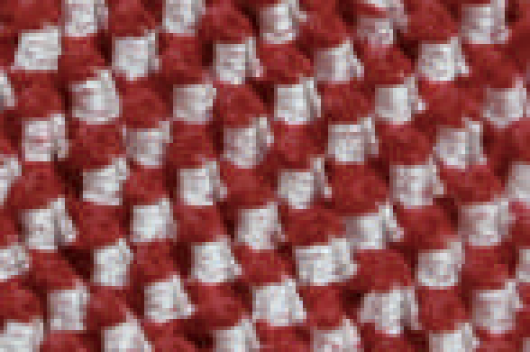
Kanoko Shibori
This is a tie-dyeing technique in which a part of the fabric is tied with thread using a special tie-dyeing stand. By repeating the process, the pattern is created with layers of undyed fabric.
-
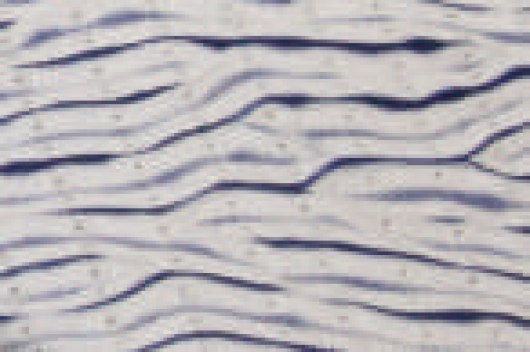
Mokume Shibori
This tie-dyeing technique makes irregular wrinkles look like a wooden pattern. The technique is to sew at regular intervals and tie the seams to dye.
-
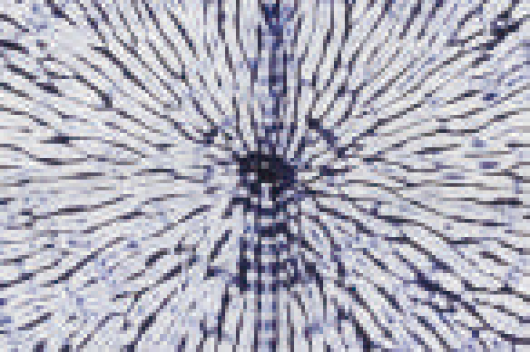
Karamatsu Shibori
This tie-dyeing technique produces symmetrical patterns such as circles and diamonds. The pattern is made by folding the cloth in half and sewing numbers of flat stitches from the outer side in order.
-
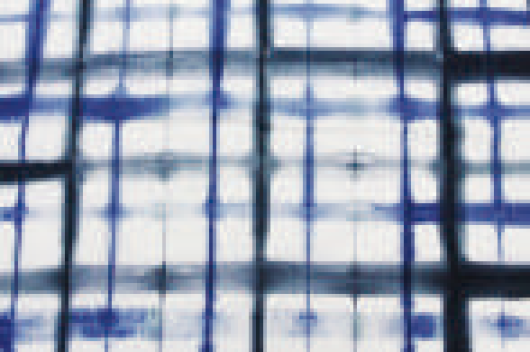
Karamatsu Shibori
This is a tie-dyeing technique in which the fabric is folded into a triangular or square shape, sandwiched between boards from both sides, and dyed to make the pattern.
-
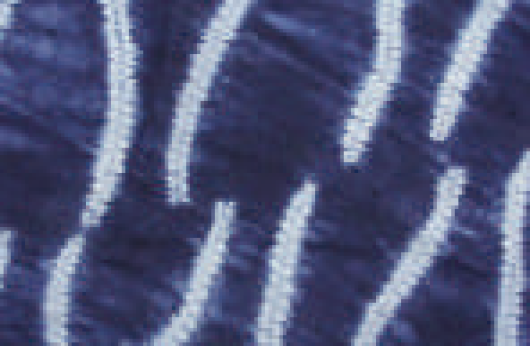
Orinui Shibori
As the name “Orinui (fold and stitch)” suggests, this tie-dyeing technique involves sewing the bottom of the folded fabric with thread and tightening it to dye the pattern. It is also called "pinch stitch" or "mountain stitch".
-
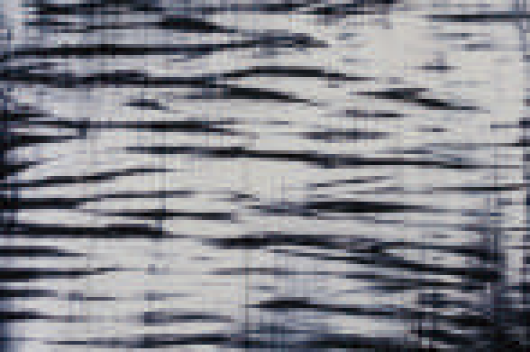
Tatsumaki Shibori
This is a tie-dyeing technique in which the fabric is folded finely and coiled with thread, and then dyed over the folded fabric to create the pattern.
SHIBORI
ECO-BAG
